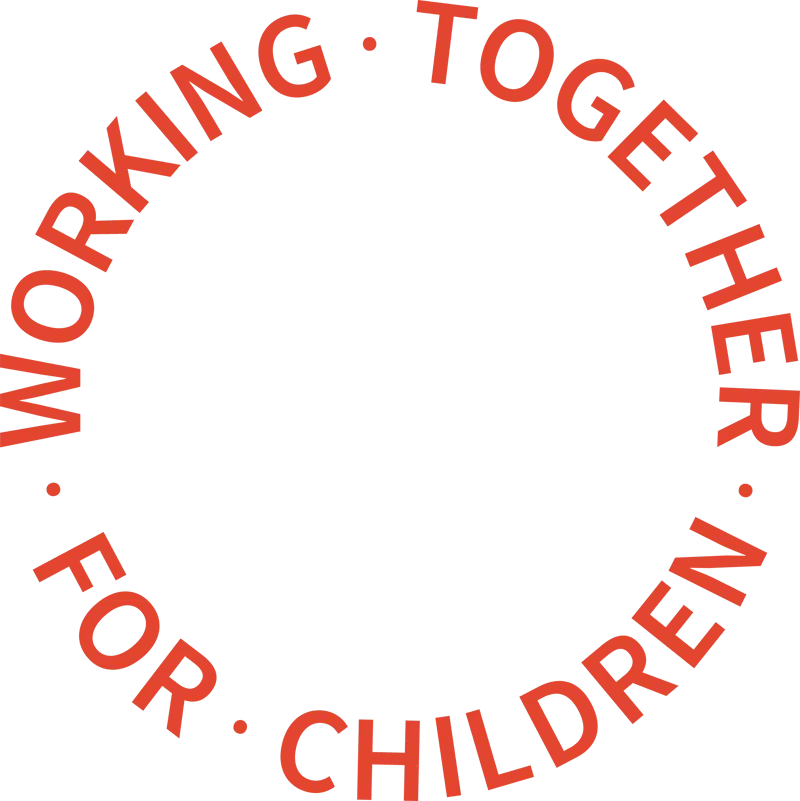One quarter of victims of sexual exploitation are children, according to analysis.
The annual assessment of the Modern Slavery and Exploitation Helpline found that for the second year in a row, the proportion of minors indicated in situations of sexual exploitation has increased from 20% to 24%, which equates to 117 children.
“This is the highest exploitation type recorded for minors by the Helpline,” said the report.
The assessment revealed that cases indicating sexual exploitation have risen from 219 in 2019 to 273 in 2020, indicating 481 potential victims up from 421 in 2019.
Of those 273 cases, 47 cases raised concerns of potential sexual exploitation online through the internet or, more specifically, adult services websites.
The third-highest caller type on cases indicating sexual exploitation is medical professionals, which, the assessment says, highlights the need for all health care professionals to know how to spot the signs of sexual exploitation and how to seek help and support. Six per cent of callers or contacts on cases indicating sexual exploitation were sex buyers reporting concerns about a ‘sex worker’ they had interacted with or reviewed online.
The overwhelming majority of potential victims indicated in situations of sexual exploitation are females, with 91% of those indicated. In 2020, sexual exploitation cases were raised relating to situations and calls from all four countries of the UK, whereas this has not been the case in previous years. In 2019, no cases were raised or indicated in Northern Ireland and there were only two cases identified in Scotland.
The report found that 33.6% of exploitation cases are reported as Romanian nationals, with Albanian, Chinese and English potential victims being the next highest nationalities.
For the second year in a row, the most prevalent location reported in cases of sexual exploitation was a private house, with 35% of cases reporting this as a location of exploitation, compared to 37% in 2019. Other locations of exploitation reported include via online and in a brothel with 47 and 32 cases respectively.
The analysis further reveals that while labour exploitation continues to be the most prevalent form of exploitation indicated to the Helpline, throughout 2020, the pandemic numbers indicated to the Helpline have decreased. However, criminal exploitation has ‘thrived’ during the pandemic, the assessment adds, with reports increasing and the Helpline raising 254 cases compared to 179 cases in 2019. The two most prevalent types remain criminal exploitation for drugs and begging.
The reports of criminal exploitation received through the Helpline channels show an increase in the number of minors indicated. There were 65 minor potential victims reported for 2020, up from 49 in 2019. For those criminal exploitation cases involving drugs, 72% of potential victims indicated were male as opposed to 83% in 2019. This is because in 2020, more female potential victims (31) were reported to have been exploited in situations involving drugs, and 22% of potential victims indicated in criminal exploitation for drugs cases were minors.
“The UK Modern Slavery Helpline continues to make a significant impact on the national response to modern slavery and exploitation, and is a vital means to help understand the scale of the issues linked to these horrific human rights abuses,” said Mark Burns-Williamson OBE, West Yorkshire’s Police and Crime Commissioner and national PCC lead on Human Trafficking and Modern Slavery.
Unseen
Modern Slavery and Exploitation Helpline Annual Assessment 2020

